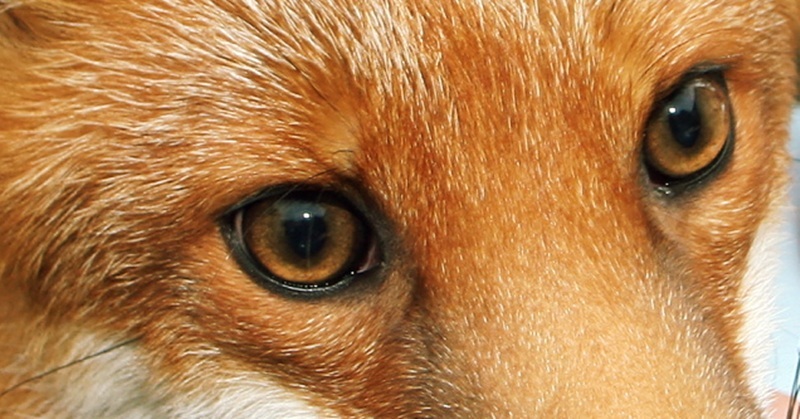A Dundee woman has said urban foxes are terrorising pets in the Downfield area.
Peggy George said residents in the area are now more likely to see a fox than a cat prowling the streets and urged Dundee City Council to do more to curb their population.
She was speaking after a Fife vet found himself targeted by members of the anti-hunting group Urban Fox Defenders for killing two foxes that had killed his parents’ cat.
Keith Talbot, who works at the Eden Veterinary Practice in Cupar, has denied he was boasting when he went on Fieldsports Channel TV to describe how he captured and humanely killed the animal.
However, Mrs George has defended the vet and said the animals pose a real risk to pets in the area.
She said, “If the protesters could hear a cat screaming when it is being eaten by a fox they might change their minds.
“There are two dens near here and you are more likely to see a fox walking down the road than a dog or a cat.
“You see them out in the morning and at night. I’ve phoned the council but they have said there is nothing they can do about them.”ComplaintsA council spokesman said they have received 27 complaints about urban foxes over the last six months.
He added that sightings are not confined to any one particular area but that anyone with concerns should visit the council’s pest control department website.
It states, “Controlling urban foxes is difficult, expensive and rarely successful.
“The problem is that foxes have been in urban areas for so long that they have reached a state of equilibrium and regulate the size of their own population.
“Not only is urban fox control unlikely to achieve anything, it is both difficult and very expensive. Shooting is obviously not acceptable in urban areas, nor is snaring so only live trapping is left.”
The site also warns that trying to curb the population may do more harm than good.
According to the website, around 50% of all urban foxes die each year, mostly through being struck by cars.
It warns that breeding numbers are small and vixens have relatively small litters but if the population begins to decrease rapidly, the number of breeding vixens increases to compensate.
This can also lead to new foxes trying to move into an area, increasing fights between the animals as they try to protect their territory.
UPDATE: This article prompted Courier reader Jim Shepherd, of Carnoustie, to send in pictures (above) of an encounter in his garden between a cat and a fox. Mr Shepherd, who has an infrared camera set up to record nocturnal activity, says his photos suggest foxes are no threat.
